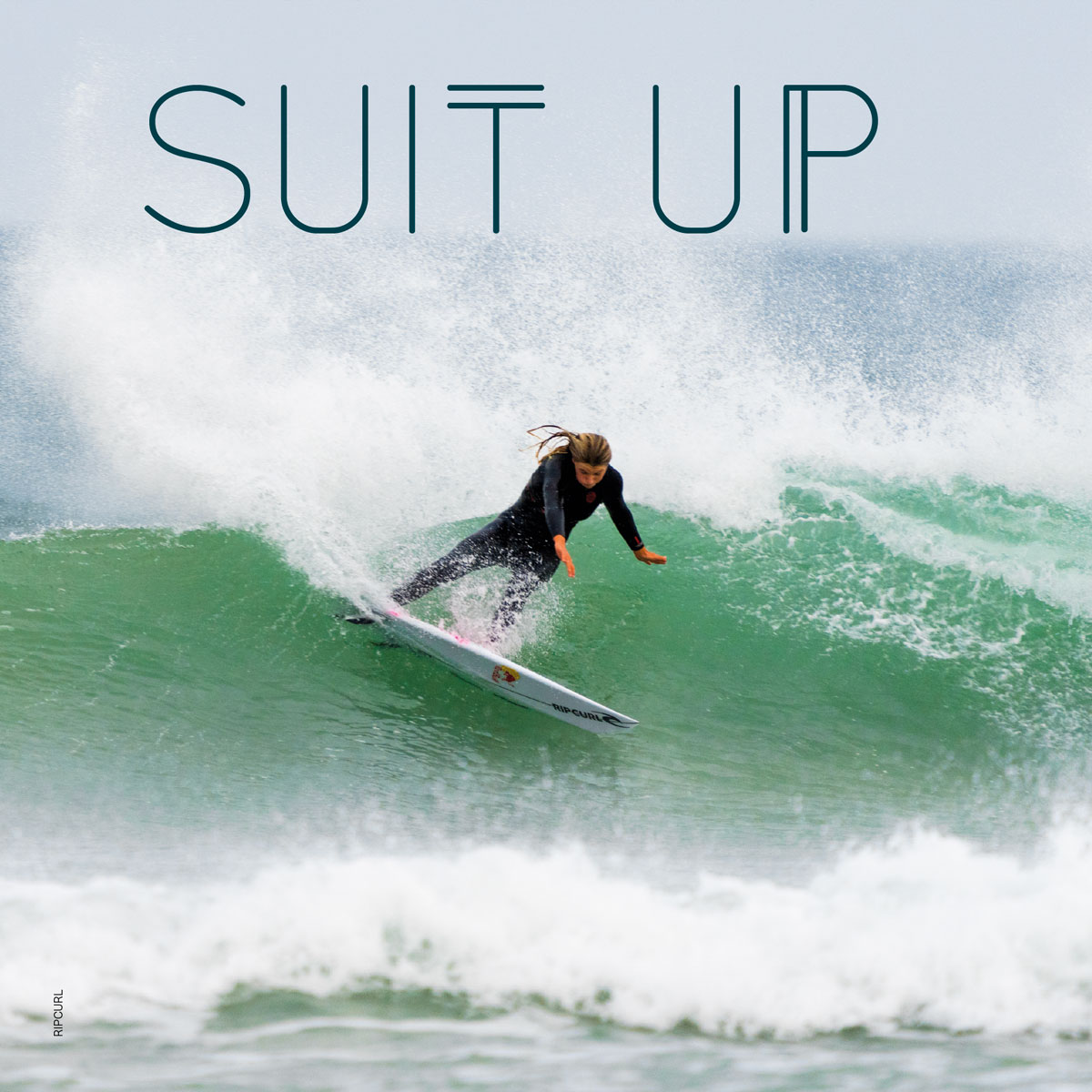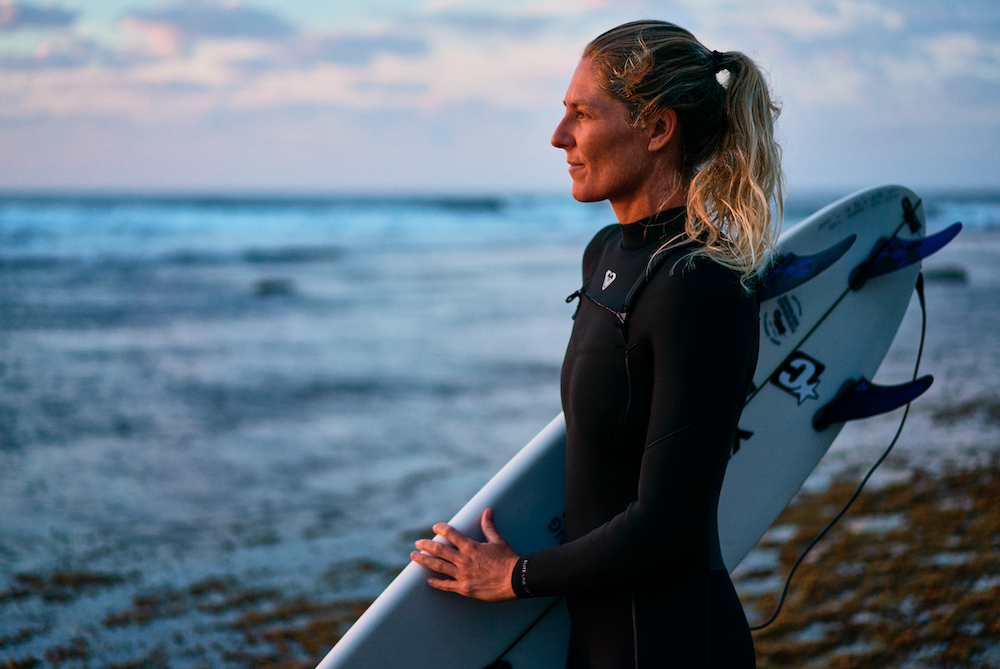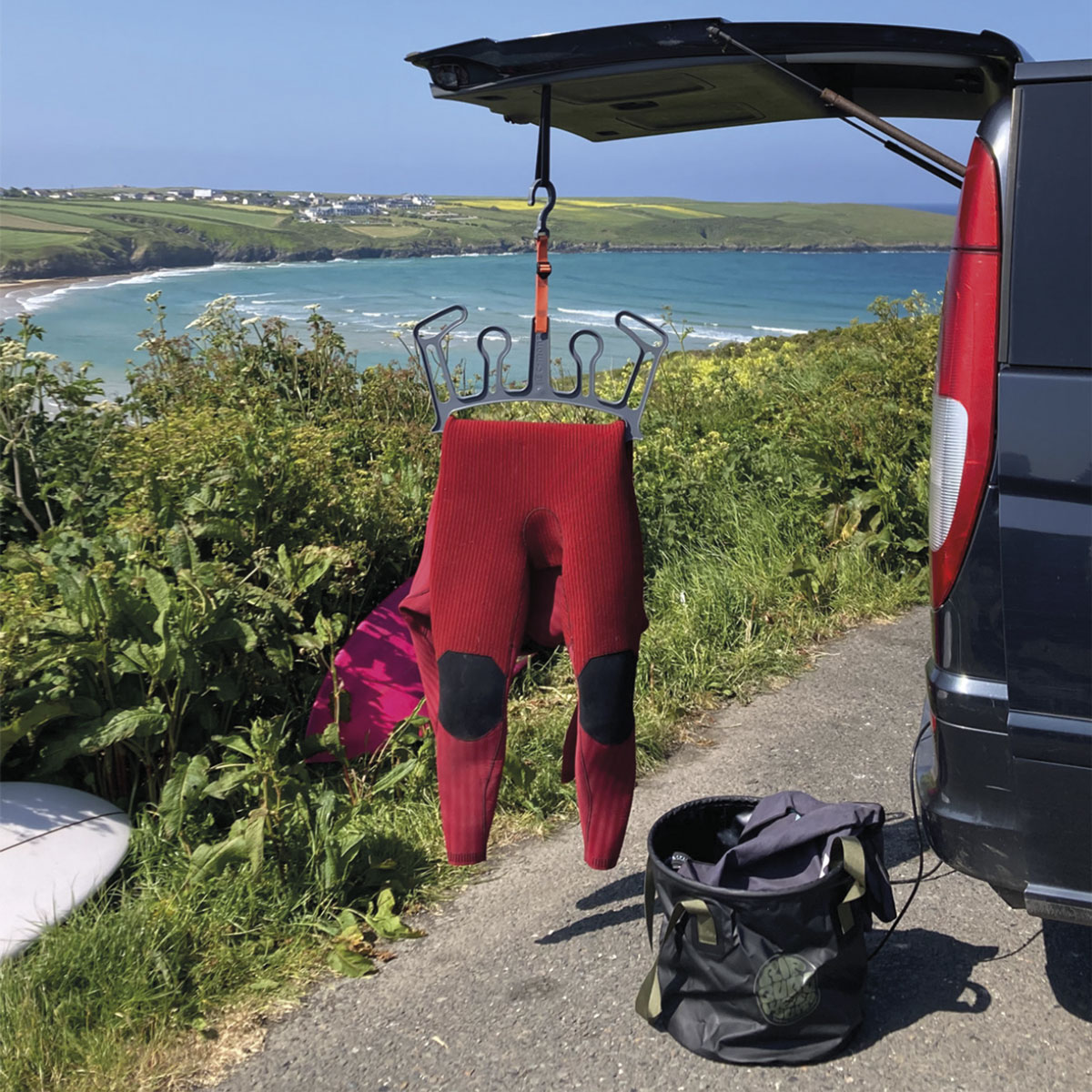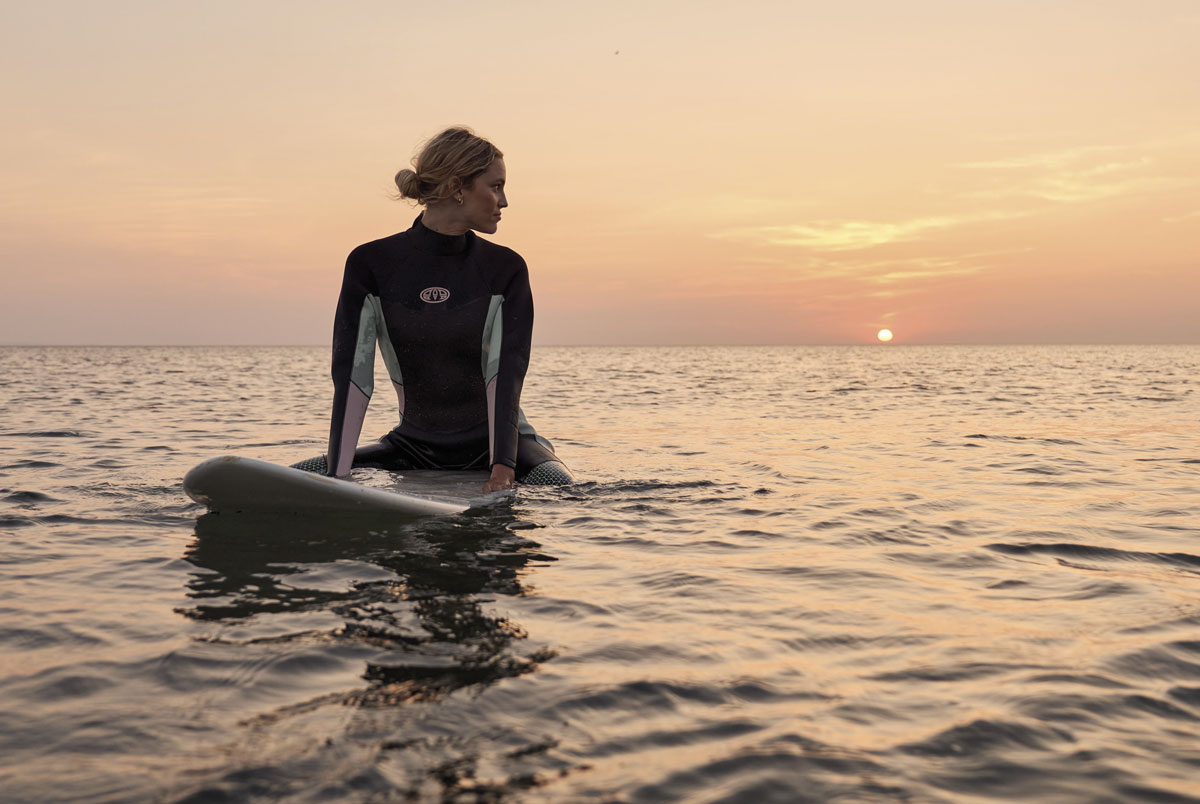
2023/4 SurfGirl Winter Wetsuit Guide
Winter wetsuits are our best friends for embracing coldwater during the winter months. Thanks to modern design and technology, today’s wetsuits ensure that you can surf for much longer in chilly conditions.


Winter Wetsuit Lowdown
It’s essential to have the right gear to make surfing cold waves more enjoyable. Here’s a few things to know when you’re buying a new winter wetsuit.
Winter wetsuits are constructed from materials that offer good thermal insulation. The most widely used materials are neoprene (a synthetic rubber) and the eco-friendly Yulex (a natural rubber). Winter wetsuits come in different thickness options, typically ranging from 4/3mm to 5/4mm and even up to 6/5mm for extremely cold regions. Thicker suits provide more insulation but may sacrifice flexibility. The thickness of the material used varies in different parts of the suit, with thicker panels in the torso and thinner ones in areas requiring greater flexibility.
Sealed seams prevent cold water from seeping in. This not only maintains warmth but also enhances the overall waterproofing of the suit. Glued and blind-stitched seams, as well as liquid-sealed seams, are the best seams to look for in a winter wetsuit.

These days winter wetsuits have an inner lining made of materials like fleece or thermal fabric. This lining helps trap and circulate warm water close to the body, creating an extra layer of insulation.
During winter, leakproof seals are especially important to prevent flushing – where cold water enters the suit and rapidly cools the body. Ensure you find a suit with a snug-fitting neck and wrist seals.
There’s various zipper systems, such as chest zips, back zips and zipperless wetsuits. Chest zips and zipperless wetsuits are better designs to prevent water entry, however they are more difficult to get in and out of when you’re cold.
For really cold conditions, you can layer up with a thermal rash guard or neoprene vest underneath the wetsuit, adding an extra barrier against the cold.
Once you’ve decided on a wetsuit, make sure it fits properly. This really is the most important consideration when choosing a wetsuit. A snug wetsuit minimises water entry, helping to maintain warmth and ensuring long winter surf sessions.
Don’t forget your wetsuit accessories too – gloves, boots and a hood will make your surfs much more enjoyable.
Let’s take a look at the best winter wetsuits available to surfers this season.



Wetsuit Care
How do you keep your new wetsuit feeling good and protect it from the elements? Here’s some tips that will help you to prolong the life of your wetsuit.
1. Rinse. Once you’ve got out of your wetsuit, make sure you rinse it in fresh cold or tepid water to get the saltwater out of it and wash the sand off.
2. Drying. After you’ve rinsed it, however tempting it is to put it in the sun, don’t. Hang it up to dry out of the sun and use a hanger like the C Monsta Hanger, which reduces fabric stress caused by standard hangers.
3. Special care. Always rinse your wetsuit out after every surf in clean water. Every so often give your wetsuit extra special care by washing it with wetsuit cleaner; it gets rid of salt and dirt, plus it helps to keep your wetsuit smelling better.
4. TLC. Keep your wetsuit away from sharp objects and take care when you’re changing. Use a waterproof changing mat to prevent gravel, mud, dirt and stones damaging your suit. Then you can pull up the drawstrings and use it to pack your wetsuit away neatly too. And to keep things neat and tidy in your car or van put everything in a Rip Curl bucket bag.
All surf accessory products mentioned above are available surfgirlbeachboutique.com










